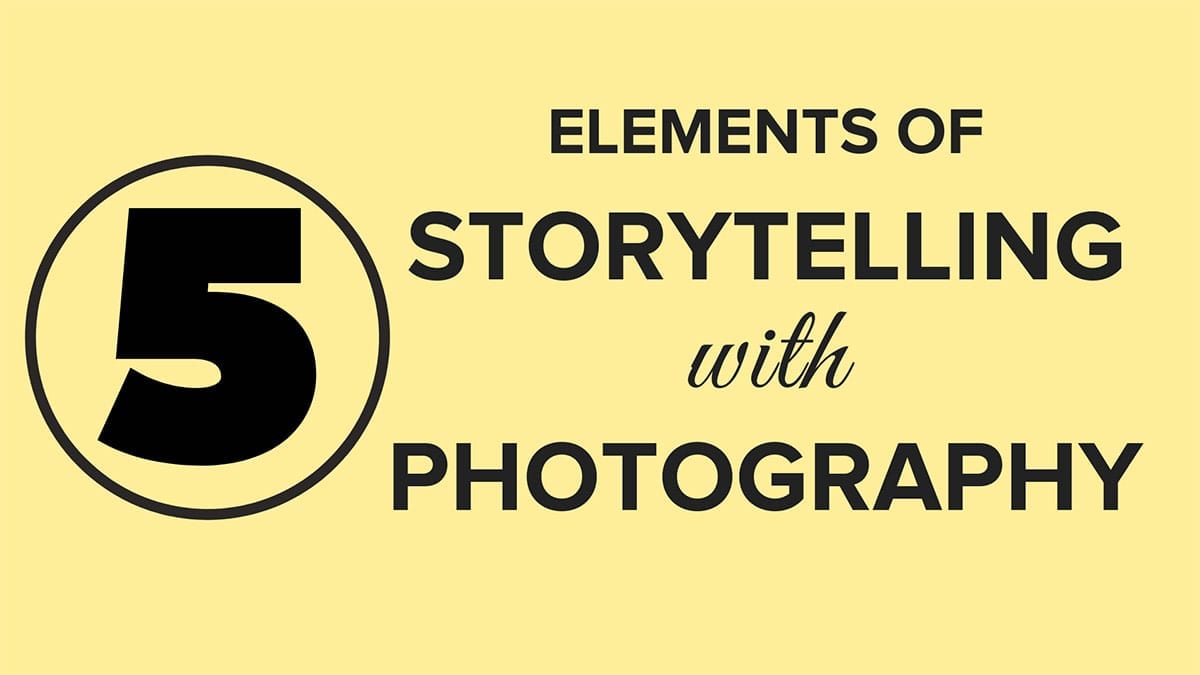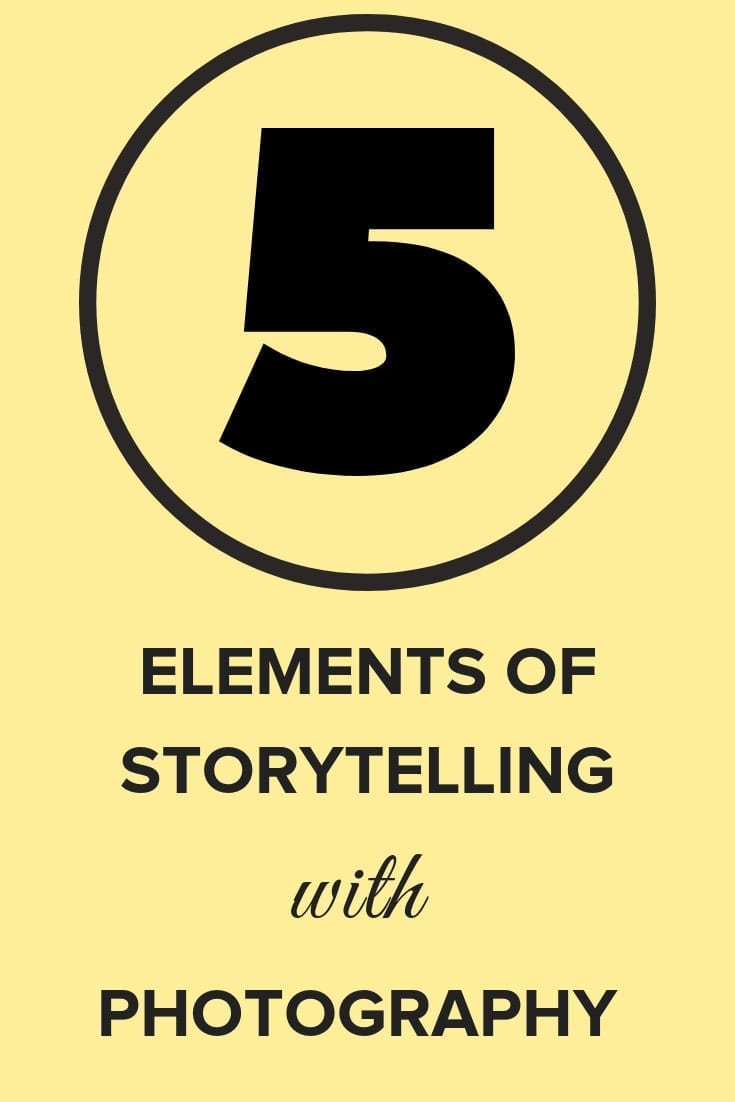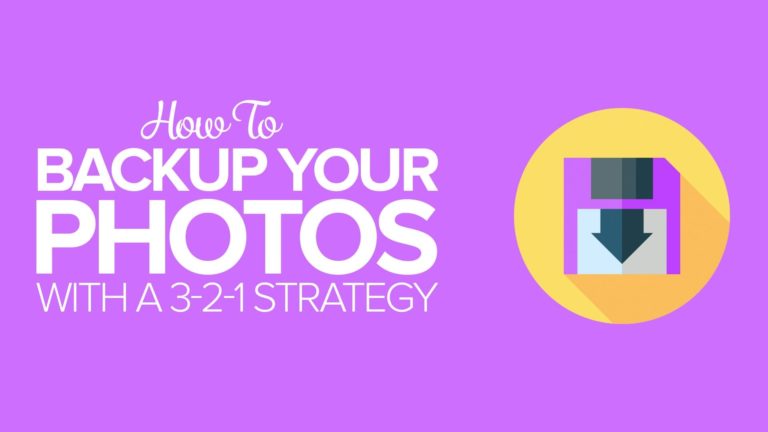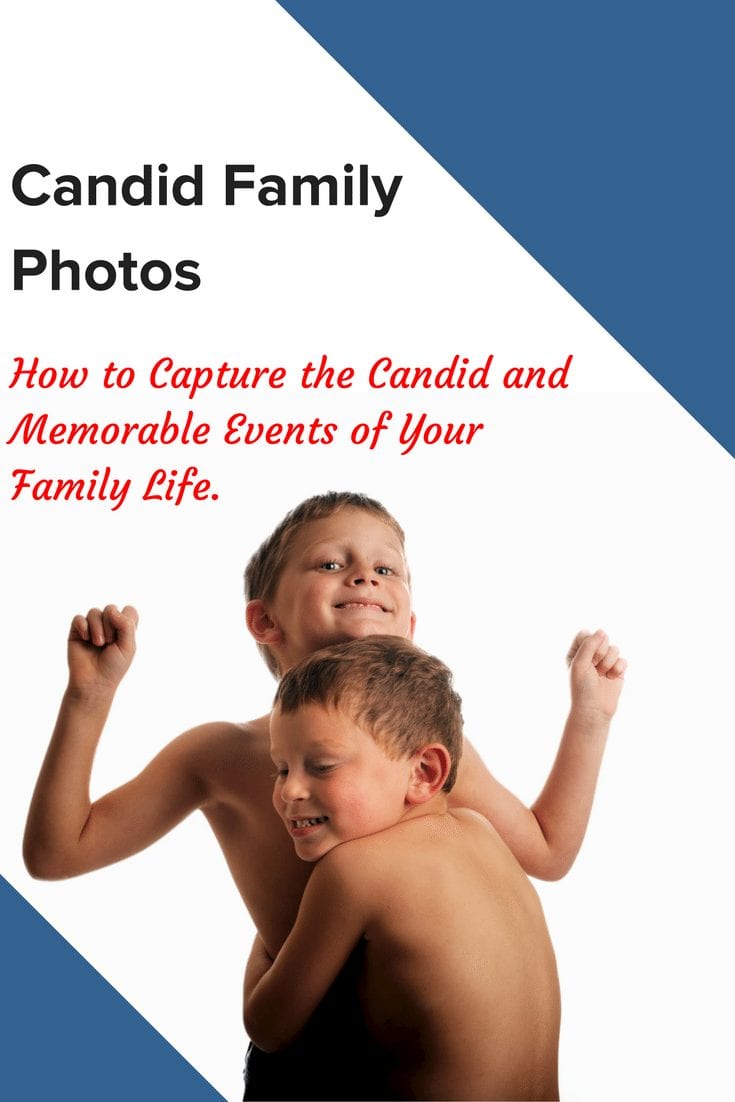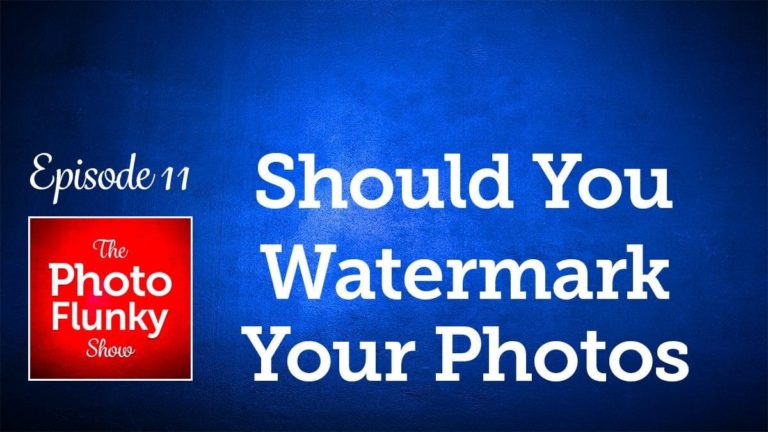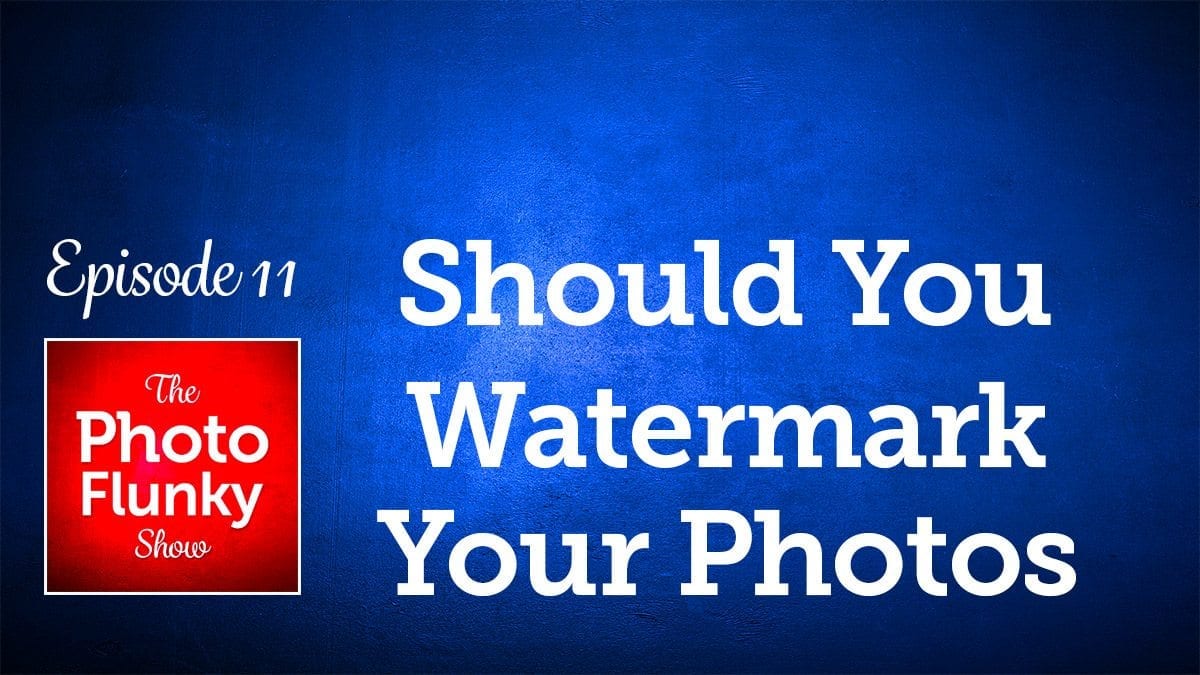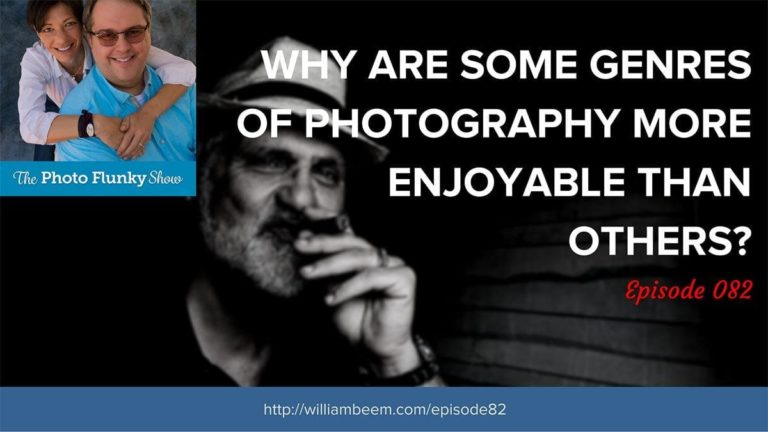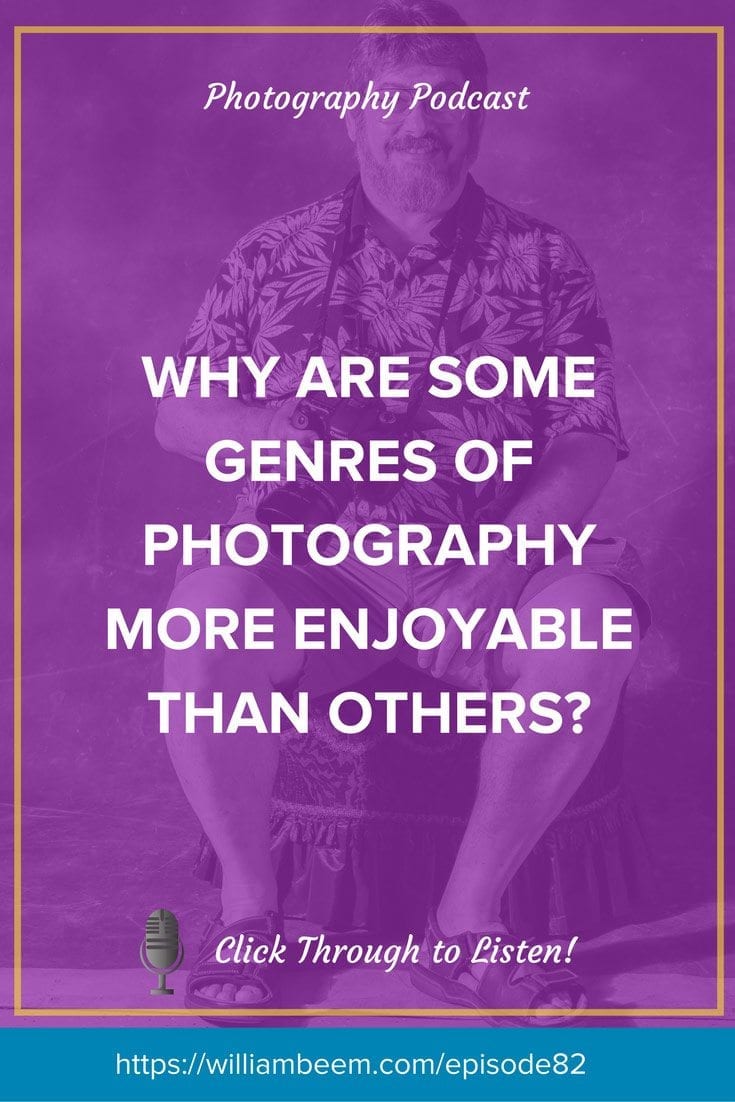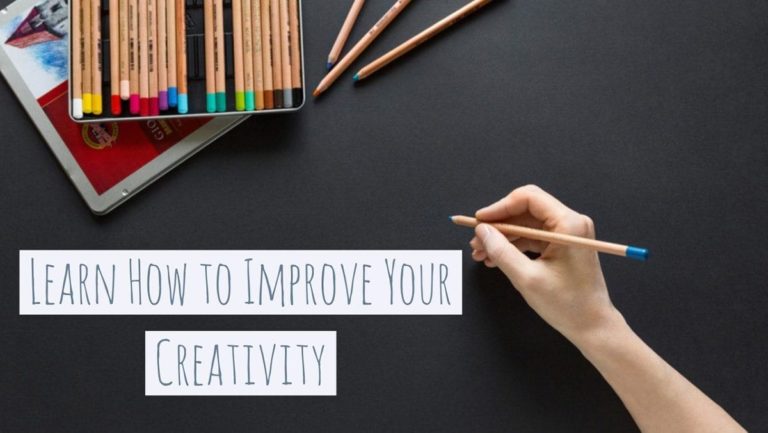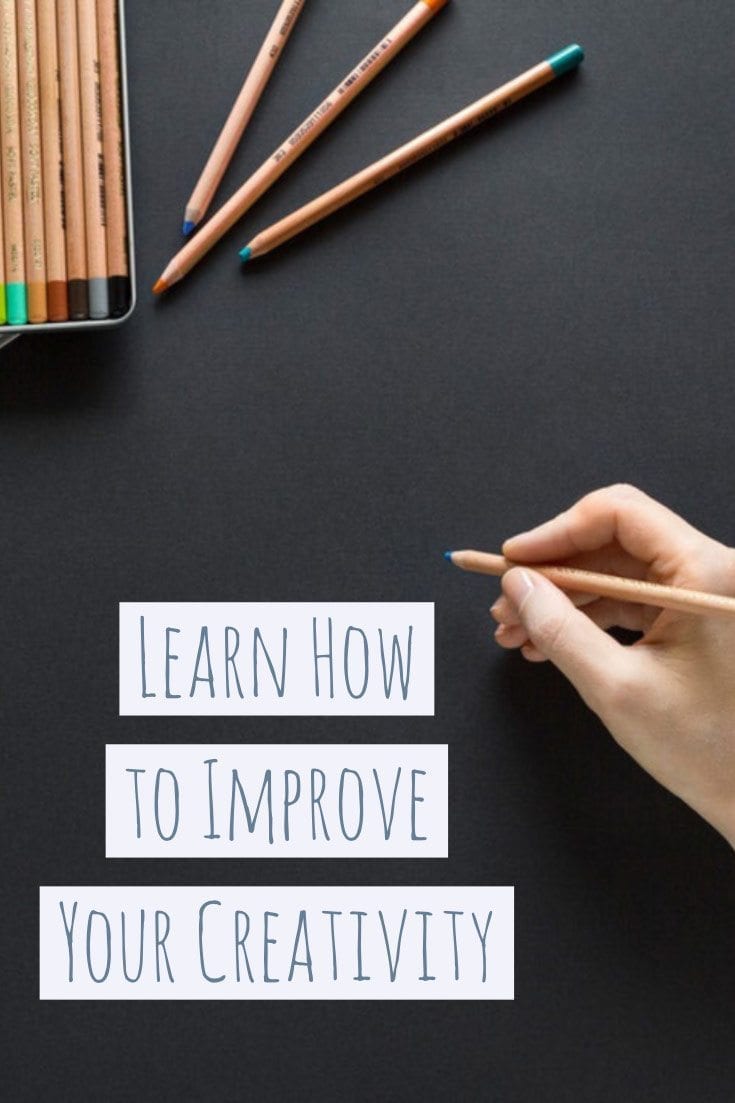Affiliate Disclosure: We earn a commission if you purchase through one of our links at no additional cost to you.
For a few years now, I discussed the elements of storytelling in photography more than gear or techniques. I truly believe that the best way to improve your photography is to improve how you create your photos. Now it’s time to spell out just what that means.
Why is Storytelling Important to Your Photography?
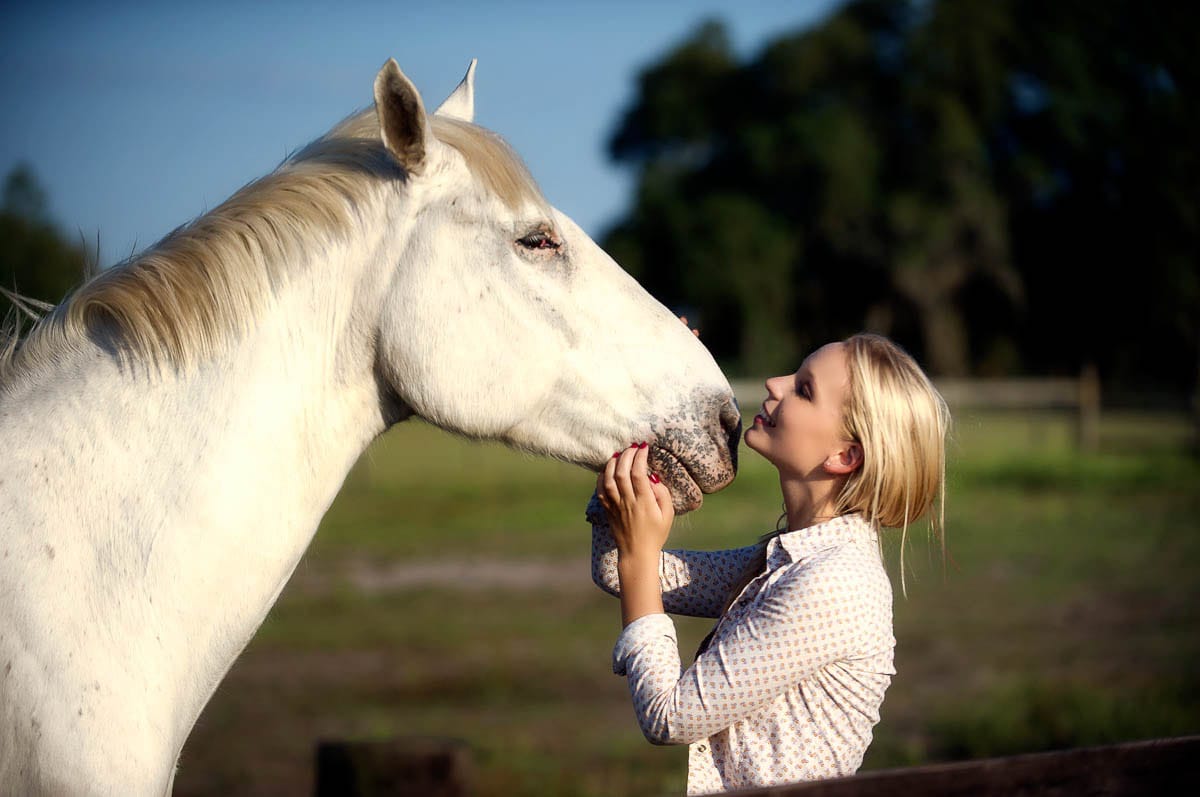
Storytelling is one of the most important traditions of humanity. It’s how we entertain, teach and communicate ideas. Stories have lessons, evoke memories and emotions.
We love a good story, and admire a good storyteller. There’s a reason why the stories of Abraham Lincoln and Mark Twain are so memorable over a hundred years later. We still learn lessons from the stories of ancient Rome or Aesop’s fables.
We often hear photographers who want to share their photos to inspire you. I’m rather critical of this notion, as I think inspiration comes from within. I have no idea what will inspire one person or another, though I’m happy anytime someone tells me that one of my photos inspired them.
Stories are some of the most effective ways to inspire others. Rather than simply creating something pretty (which isn’t bad at all), including a story adds to the value of your photos.
Storytelling is a powerful way to communicate, but the stories also leave a legacy of your work that lasts for a very long time.
Sound like something you’d like to incorporate in your photos?
What Does Storytelling Mean?
Simply put, storytelling means that you’re relating or telling stories. The trick is to understand the story you want to tell, and what result you want to share with your viewer.
Do you want to evoke an emotion?
Photographs can definitely fill the bill. Sometimes seeing an image of cruelty or suffering in the news can change the course of a nation. Think about the photos from Kent State or Viet Nam during the 1960’s and their impact on society.
Journalists tell stories of events that happen, but that’s not the only way to use storytelling.
The truth is that our brains aren’t really great at logic or retaining facts. However, we remember stories. When we tell stories, we start to remember the details, the facts, and perhaps even the truth.
With some imagination, you can create any story you want. It could be an alien in a diner or a father with his son moving to board a flight.
Your story may require you to get everything ready for a click of the shutter, or you may assemble different photos into something that never really existed.
It doesn’t matter what equipment you use. Cameras keep improving, but we have a treasure trove of historical photos that prove you don’t need the latest gear to take evocative photos.
The important element is you, the storyteller. The camera doesn’t tell the story. You do.
How to Use the 5 Elements of Storytelling in Photography?
A good story doesn’t have to be long. You can convey your story at a glance. Then again, you can create something that people just long to take in, exploring little details or elements. You can make your story plainly obvious or leave it open to interpretation.
There’s something to be said for a little innuendo to help people fill in the blanks of a story with their own imagination.
1: Setting
Stories take place somewhere. That place becomes part of the story, and tells you something about the people who roam around in it. Think about the differences of some settings and what your imagination conjures.
Each of those settings could launch a dozen or more stories of their own. We expect people to dress or behave a certain way based upon their setting. You can use that to your advantage, either by staying with the type of the location or going against the grain and including a fish out of water.
Your setting isn’t just the place, but also the time. Imagine how differently we would view Rome today compared to the time of Caesar. Allow your mind to consider time and place as your story’s environment, which will inform some of your other decisions.
2: Character
Does your photo need a character? There are plenty of lovely landscapes, cityscapes and travel photos without a central character in them. Yet I’ve decided that there isn’t one of them that wouldn’t be more interesting with a character or person included within the frame.
A character doesn’t have to be a person. It could just as easily be a dog or a talking teapot. The purpose of a character in storytelling is to give your viewer something or someone relatable. People are drawn to characters, particularly flawed characters.
Let’s take our example of a setting on the beach. Would you rather see a perfectly groomed poodle or a wet, muddy retriever digging a hole and spraying sand all over her owner?
There’s no wrong answer, but I think the dirty dog is actually a bit more lovable, and therefore more engaging.
Part of the reason is that characters need motivation. They need to do something, or want to do something. They need to use expression or movement. Your characters need to help your viewer know what they want, or even make them wonder what they want.
The worst use of a character is to put one there that no one cares about. Give your characters some reason for being in the frame.
3: Plot
I hear a lot of photographers these days talking about making their photos more cinematic. On the surface, it makes sense. We go to the cinema for stories and experiences. It sounds great to incorporate cinematic experiences in our photos.
Yet instead of looking at the story of their photos, they’re trying to create a cinematic experience using plugins, presets and color grading. This is like putting lipstick on a pig. You don’t get a cinematic photo just because you use teal & orange color grading.
If you want to truly create cinematic photos, incorporate a plot.
The plot of a story drives the question of “why” things happen in the story. Though your photo may only show one event, it’s a series of events. Plot helps draw your viewers into the photo, as it either answers or poses questions about why the character does what it does, why the photo is in a setting, or what may be at stake.
Does your photograph show a goal for your character? Is something at stake if the character succeeds or fails? Is your photo showing a pivotal moment in your character’s life?
Something to consider. A single photo may tell a moment in a story, but that doesn’t mean you can’t create a number of moments in your plot to tell a larger story with multiple photos.
4: Conflict
Conflict doesn’t have to be a fight. It’s a method of creating tension in your story to make things more interesting. Perhaps your character is doing what he has to do instead of what he wants to do.
Let’s take another example we discussed earlier by using our character as a fish out of water to create conflict. Imagine our elegant jewelry store and the main character has bloodshot eyes, bedhead hair and a mustard stain on his shirt.
Add some more characters to react to him.
Of course, conflict without plot isn’t enough. Why is he in the jewelry store in the condition he’s in? What’s his motivation or reason for being out of his element? Exploring that idea may come up with some other conflicts that you can show in your photo.
Our conflicts can take on a number of forms. We just explored the character out of his element, or fish out of water.
However, life is full of conflicts that we’ve all experienced. Asking someone out on a date for the first time, or even going on a first date. Man vs. Beast could be anything from fishing to fighting a bear.
My thought is to keep the conflict relatable to your viewer. More people understand what it’s like to go fishing, and all that can do wrong, than fighting a bear.
Conflict is a struggle to achieve something. It’s what gets between your character and what she wants most.
5: Theme
Plot tells you what happened in a story, but theme is the concept behind the story. It tells you what the story is really about, or what your photo tells you about the subject.
You can use concepts or emotions for your theme. Is your story…
If you want, you can dive deeper to create your theme. Orwellian themes are often about society, particularly dystopian or totalitarian governments.
That may not be the direction you want to go, but your photos can say something about an issue or circumstance that’s important to you. Understanding your theme and the message you want to convey helps you develop your story, and you can do it in a unique way.
Not many people can find humor in Nazi society, but Mel Brooks seems to find a way to do it in almost every movie he made.
What matters to you so much that you need to make a statement about it in your photos? Use that to inspire the themes you use in your photos.
Link to Adrian Sommeling on 500px
I mentioned Adrian Sommeling on the podcast because he truly exemplifies how to use storytelling and creativity in his photos. He says it right on his profile:
Love to tell stories with my photos. It’s an addiction… 😉

